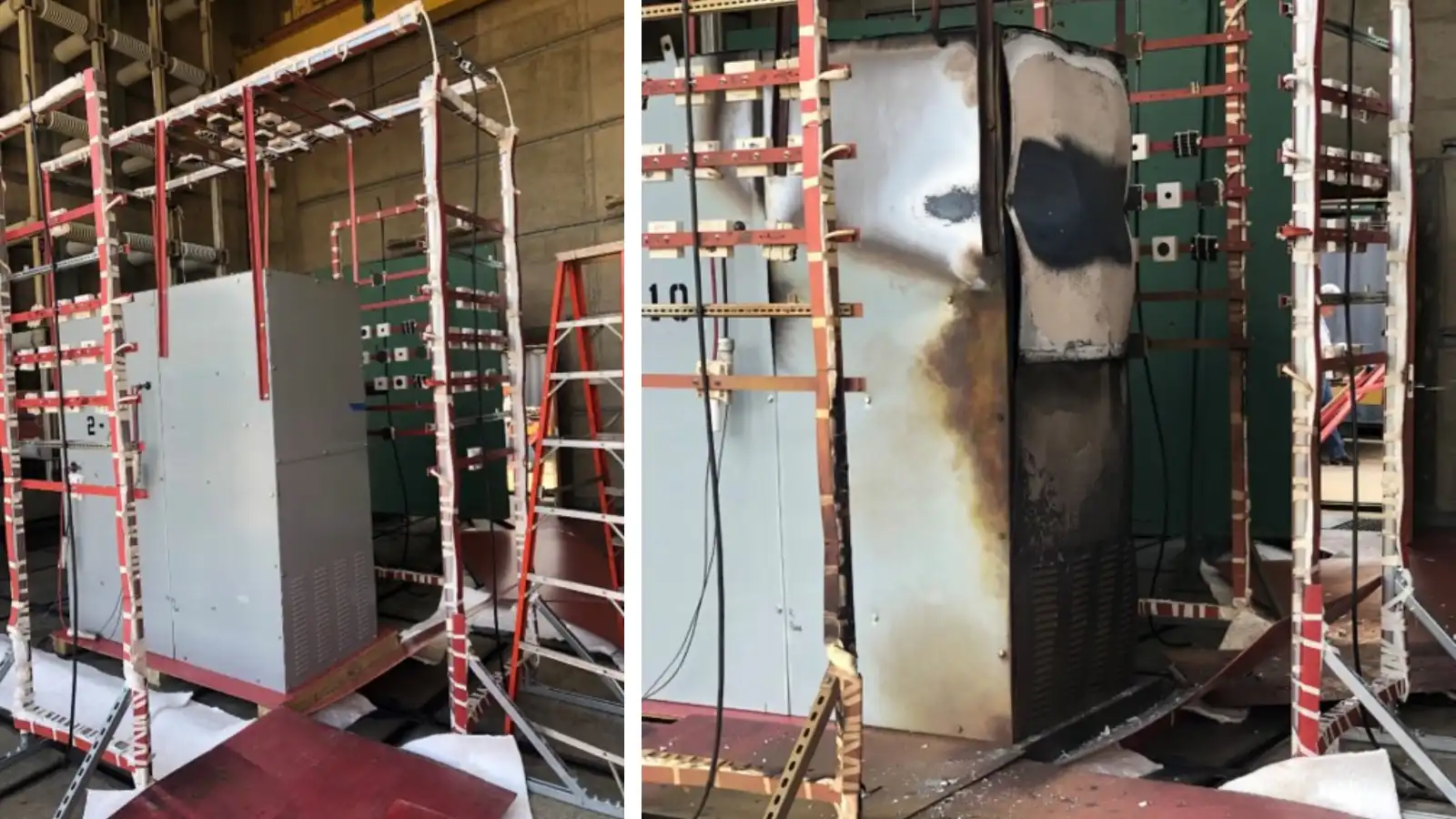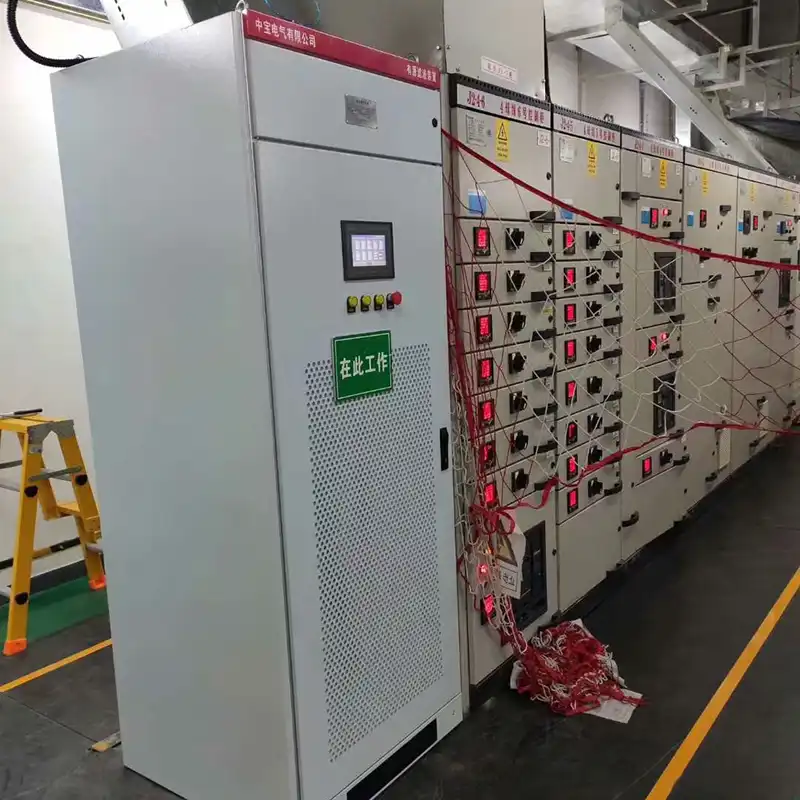Power Quality Issues – How to Solve Voltage Sags
Addressing Power Quality Issues in Industrial Plants
Every plant faces power quality issues, which can be costly when they lead to production halts. Voltage sags, a common power quality problem, occur when the voltage dips below normal levels for a short period. These sags are a leading cause of unplanned downtime in industrial settings.
Problems Caused by Voltage Sags:
Frequent failures of variable frequency drives (VFDs) on compressors, pumps, and motors
Failures in programmable logic controllers (PLCs) and automated processes
Interference with tripping circuit breakers and protective control circuits
If you encounter these issues, voltage sags may be the culprit, leading to increased maintenance costs, production downtime, and lost revenue.

Impacts of Voltage Sags:
- Frequent Equipment Failures: Failures of VFDs, PLCs, or motors not only incur replacement or repair costs but also disrupt production lines. These unexpected downtimes can significantly impact your bottom line and cause frustration for your team.
- Increased Maintenance Costs: Power quality issues necessitate frequent maintenance, increasing labor costs and diverting attention from other important tasks.
- Shortened Equipment Life: Poor power quality can cause premature failure of motors and shaft bearings, requiring earlier-than-expected replacements and disrupting budget plans.
- Production Downtime: Unplanned downtime due to power quality issues can lead to missed deadlines, dissatisfied customers, and lost opportunities.
Active Harmonic Filter/Static Var Generator: Your Power Quality Solution
Active Harmonic Filter (AHF) and Static Var Generators (SVG) are designed to solve power quality problems. Here’s how they help:

- Continuous Voltage Regulation: They ensure your equipment receives consistent, high-quality power, reducing voltage sags, surges, and interruptions. This prevents frequent equipment failures and extends the life of your machines.
- Protect Sensitive Equipment: They protect sensitive equipment, such as VFDs and PLCs, from voltage sags and swells from upstream on the network, resulting in fewer breakdowns and reduced maintenance costs.
- Improved Productivity: With fewer line interruptions, your plant can operate more efficiently, increasing productivity, customer satisfaction, and profitability.
- Peace of Mind: Knowing you have a robust solution for managing power quality issues allows you to focus on other critical aspects of your role, confident that your power quality is under control.
Choosing the Right Solution:
Selecting an AHF/SVG is a strategic move, but it’s crucial to ensure the solution fits your plant’s unique needs and operating environment.
Consider Your Power Load: Your plant’s power load and the type of machines you use play a major role in determining the right solution. AHF/SVG systems are designed for a wide range of industrial applications, making them a versatile choice.
Evaluate Your Power Quality Data: Understanding your power quality data is key to diagnosing specific issues. A professional power engineering consultant can help interpret this data and guide you in implementing the most effective solution.
Choose a Reliable Supplier: A supplier with a proven track record of high-quality solutions and excellent customer service can make all the difference. A good supplier will provide technical support to help troubleshoot any issues and ensure your AHF/SVG operates optimally.
Maintenance and Upgrades: Regular maintenance and timely upgrades help keep your equipment in top condition.
Conclusion:
Power quality issues can significantly impede plant productivity and profitability. Implementing an AHF/Static VAR generator can help overcome these challenges and ensure smooth, efficient operations. By investing in this solution, you can minimize equipment failures, reduce maintenance costs, prevent production downtime, and ultimately boost your plant’s productivity. This strategic move will allow you to take control of your power quality and steer your plant toward a more prosperous future.



